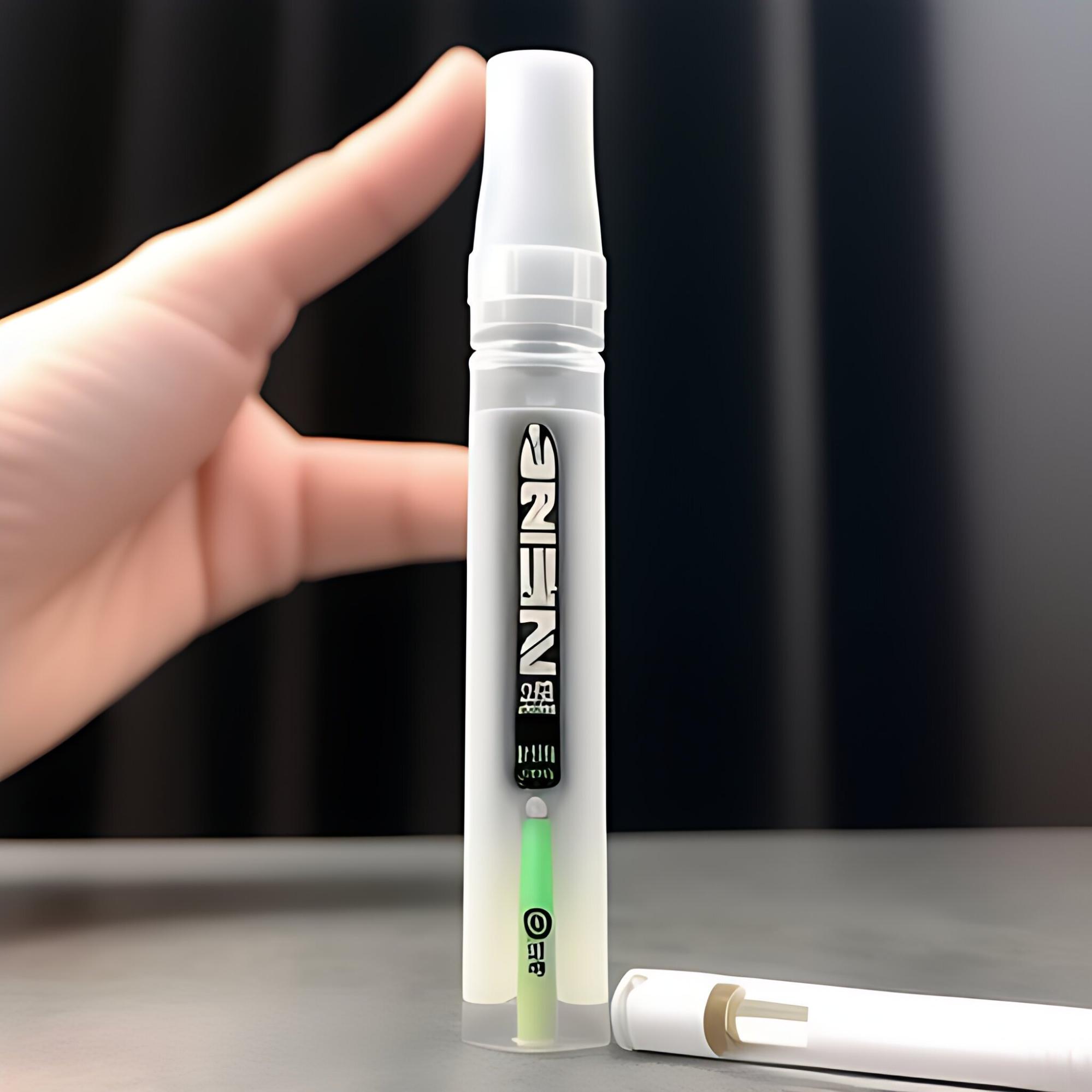How Many ML in a KG: Your Quick Guide to Understanding Volume and Weight

Puzzled about how to convert milliliters (ml) into kilograms (kg)? You’re not alone. It’s a common question, especially in the culinary and scientific world, where precise measurements are crucial. But truth is – direct conversion isn’t feasible. Why? Because these two units measure different things: milliliters measure volume while kilograms measure weight.
The key to converting ml to kg lies within the substance you’re measuring. Every material has its own unique density – which essentially tells us how much space it occupies or its volume related to its weight. For instance, water has a density of 1 kilogram per liter. This means that 1000 ml (or 1 liter) of water weighs exactly 1 kg.
So unless you’re dealing with water or a substance with similar density, you’ll need additional information like the specific density of your material for an accurate conversion from ml to kg. Remember – density is king when it comes to conversions between volume and weight!
How Many ML in a KG
Let’s dive right into it. When we’re talking about measurements, it’s important to understand the fundamental difference between mass and volume. You see, mass refers to the amount of matter in an object while volume is about the space an object occupies.
To put it simply, if you took a rock and smashed it into pieces, its mass would remain unchanged because you haven’t altered the amount of matter present. However, depending on how you rearranged those pieces, its volume could change.
Now you might be thinking that kilograms measure mass and milliliters measure volume – so how do they relate? In essence, this relationship is influenced by density – which is defined as mass per unit volume. The denser an object is, the more mass it will have in a given volume.
For instance:
- Water has a standard density of 1 kilogram per liter.
- Therefore 1 kilogram of water equals 1 liter or 1000 milliliters.
However:
- If we’re looking at mercury with a density of approximately 13.6 kilograms per liter,
- Then 1 kilogram of mercury would only occupy around 73.5 milliliters.
It’s clear that understanding both these concepts is key when making conversions between units like kilograms and milliliters!
The Metric System: Milliliters and Kilograms
When it comes to understanding measurements, the metric system is a universal language. It’s globally recognized, making it much easier for everyone to comprehend. Two units in this system that often cause confusion are kilograms (kg) and milliliters (ml).

Let’s start by defining these terms. A kilogram represents a unit of mass, while a milliliter signifies volume. One might ask: how many ml are there in a kg? To answer this question directly isn’t straightforward.
Why so? Because converting kilograms to milliliters isn’t as simple as the conversion between other metric units like kilometers to meters or grams to milligrams where we can rely on fixed conversion rates.
The conversion from kilograms into milliliters depends on the substance’s density you’re measuring. Density is defined as mass per unit volume.
But when dealing with different substances such as oil or sugar, their densities differ from that of water hence changing the number of milliliters in a kilogram.
- For instance,
- Oil has less density than water; thus more ml will be present in 1 kg.
- On the contrary, sugar being denser than water means fewer ml would make up 1 kg.
This goes to show that without knowing the density of a substance, an exact conversion from kilograms to milliliters isn’t feasible.
While measurements may seem confusing initially, understanding basic principles like these significantly simplifies things! So next time you wonder about converting one metric unit into another remember – context matters!




